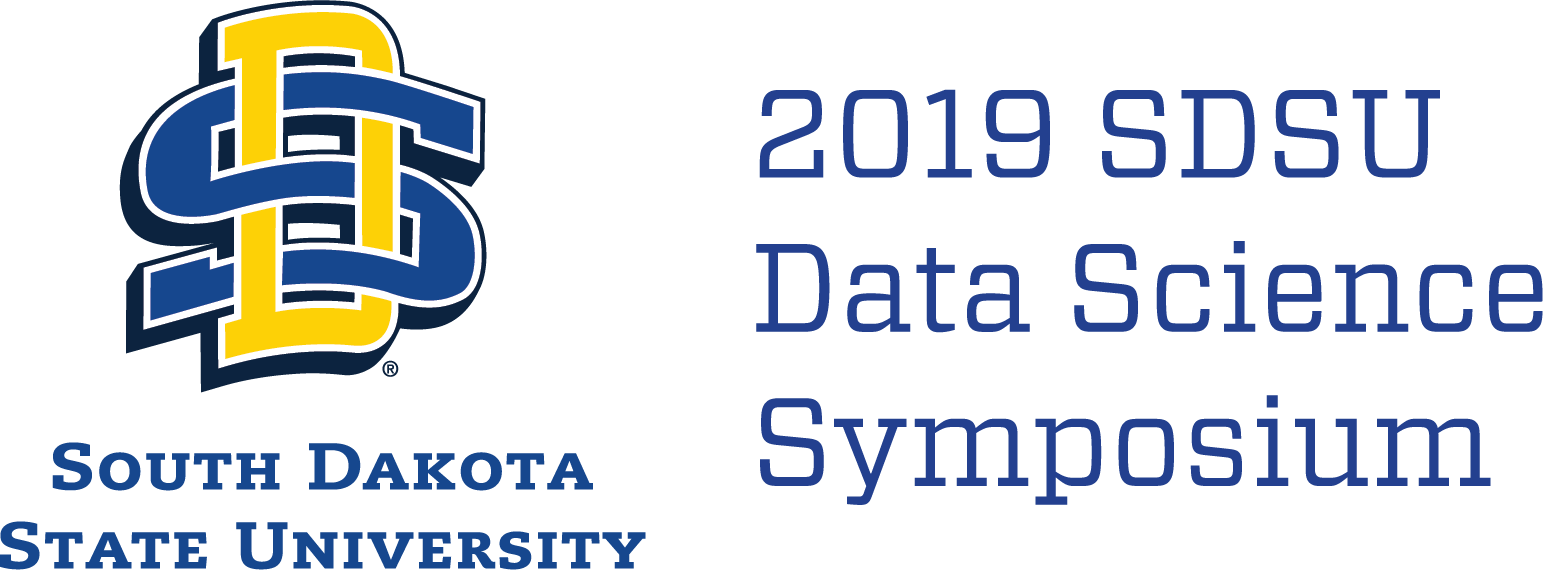Face Re-identification in Real-time Large Time Series Data
Presentation Type
Poster
Student
Yes
Track
Tools
Abstract
Face data happens everywhere and face matching/verification is the must, such as it helps track criminals; unlock your mobile phone; and pay your bill without credit cards (e.g. Apple Pay). Within the scope, the proposed project is to build a face detection and re-identification based on Convolutional Neural Networks (CNN). In our training, separate face data are used (from several different video clips, where frames are used to create image data of size 224,224,3 using OpenCV). For the test, a real-world data (large video) was used, where multiple people are captured. In our implementation, we have used 'keras' (tensor flow backend) to build CNN Resnet 50 architecture that has 23 millions parameters and 174 layers, where VGG pre-trained weight of human faces were applied. We have used support vector machine (SVM) for face re-identification. Our aim is to demonstrate end-to-end simulation at the symposium.
Start Date
2-5-2019 12:00 PM
End Date
2-5-2019 1:00 PM
Face Re-identification in Real-time Large Time Series Data
Volstorff A
Face data happens everywhere and face matching/verification is the must, such as it helps track criminals; unlock your mobile phone; and pay your bill without credit cards (e.g. Apple Pay). Within the scope, the proposed project is to build a face detection and re-identification based on Convolutional Neural Networks (CNN). In our training, separate face data are used (from several different video clips, where frames are used to create image data of size 224,224,3 using OpenCV). For the test, a real-world data (large video) was used, where multiple people are captured. In our implementation, we have used 'keras' (tensor flow backend) to build CNN Resnet 50 architecture that has 23 millions parameters and 174 layers, where VGG pre-trained weight of human faces were applied. We have used support vector machine (SVM) for face re-identification. Our aim is to demonstrate end-to-end simulation at the symposium.

